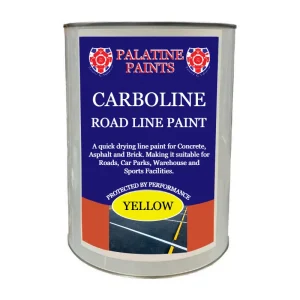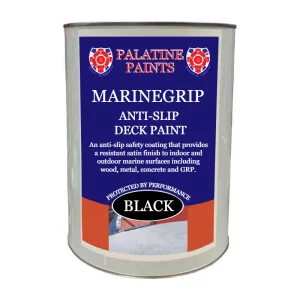All Blogs, Paint Equipment
Choosing the Ideal Painting Tools: Paint Brushes and Rollers
In your journey to achieve the perfect paint job, the selection of suitable painting tools plays a pivotal role. This guide will help you understand the nuances of various paint tools, including brushes, rollers, and paint pads, and guide you on how to choose the right one based on the type of paint, surface area, and specific project requirements.
Understanding Paint Brushes: Natural vs Synthetic
Paint brushes are characterized by their bristle type, which could either be natural or synthetic.
Have a look at our range of paint brushes and paint brush sets
Natural-Bristle Brushes
Natural-bristle brushes are typically made from animal hair and are best suited for oil-based paints. They are great for painting interior or exterior trim, doors, cabinetry, and high-moisture spaces like kitchens and bathrooms.
A few variants of natural-bristle brushes include:
- White China Bristle Brushes: These are ideal for smooth surfaces and for applying oil-based primers and finishes.
- Black China Bristle Brushes: These have stiffer bristles and work wonders on textured surfaces. However, they aren’t recommended for rough surfaces, which could damage the delicate natural bristles.
Despite being pricier, natural-bristle brushes offer superior paint application, making them worth the investment for interior surfaces or fine detailing.
Synthetic Brushes
Synthetic brushes, made from materials like nylon or polyester, are compatible with a variety of paint types. Here are some types:
- Nylon Bristle Brushes: These are durable and offer excellent paint flow for a smooth finish.
- Polyester Bristle Brushes: These are perfect for latex-based paints due to their stiffness and durability.
Foam Brushes
As the name suggests, foam brushes have a foam head instead of bristles. They are excellent for painting window casings and mouldings thanks to their ability to provide a stroke-free finish. However, their cleaning difficulty makes them more suitable for single use.
Deciphering the Size and Shape of Paint Brushes
The dimensions and form of your paintbrush can significantly impact the painting outcome. Brushes come in widths ranging from 1 to 5 inches, and the choice depends on the surface width you are painting.
Square-Cut Brushes vs Sash Brushes
Square-cut brushes are excellent for applying paint onto flat surfaces. However, a sash brush, characterized by its angled bristles, is a better choice for painting corners or narrow edges. This angled cut offers excellent control and is handy when painting clean, straight lines along the edges of a surface.
Check the range of our brushes & rollers
The Power of Paint Rollers
Paint rollers are the go-to tool for large-scale projects. They offer the advantage of quickly and evenly covering large areas, even unprimed surfaces. They are especially useful when painting floors, ceilings, and walls.
Our range of equipment for rollers include Roller Sets, Roller Sleeves, Roller Frames
Choosing the Right Paint Roller Covers
Roller covers can be made of synthetic or natural fibres; the choice depends on the paint type and the painted surface. The length of the hair on a roller, also known as the nap or pile, is another critical factor.
Synthetic Roller Covers
Synthetic roller covers, devoid of nap, are excellent for applying latex paints to walls and ceilings.
Foam Roller Covers
Foam roller covers also lack nap and are best used for a smooth finish on furniture or cabinets with primer, enamel, or gloss paints.
Microfiber Roller Covers
Microfiber roller covers, due to their smaller fibres, release a small amount of paint. They are perfect for fine finishes on smooth, small surfaces, like furniture.
Natural Wool Roller Covers
Natural wool roller covers, also known as lambskin or sheepskin, are costlier than their synthetic or foam counterparts. However, their ability to hold more paint and ease of cleaning make them a worthy investment for applying flat, eggshell, or satin paint to walls and ceilings.
The Efficiency of Paint Pads
For painting smooth surfaces like ceilings, paint pads (also known as edgers) work excellently. They are rectangular and have short, densely packed bristles for smooth coverage. They are cleaner to use as they do not cause a spray like rollers.
Paint pads come in varying sizes, depending on the job at hand. Similarly, handles of different lengths are available for different applications. For instance, a longer handle would be advised when painting high window frames or the corners of ceilings.
Conclusion
The right painting tool for your project hinges on the type of paint, the coverage required, and the project’s timeline. With a better understanding of the different types of brushes, rollers, and pads, you can now make an informed choice and ensure an excellent paint job.
Remember, the perfect paint job is a combination of the right tools, quality paint, and skilled application. Happy painting!
Contacting us is easy!
Email: [email protected]
Call Us: 01942 884 122
Contact form: https://www.palatinepaints.co.uk/contact-us
Live Chat Service: Press the small blue icon at the bottom left of your screen.

